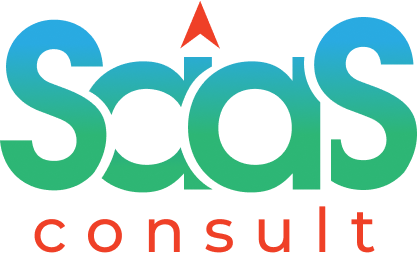In the fast-paced world of Software as a Service (SaaS), the alignment between marketing operations and product development is crucial for success. SaaS companies must seamlessly integrate these two functions to ensure a cohesive customer experience, drive product adoption, and maximize growth opportunities. This article explores the importance of integrating SaaS marketing operations with product development and provides actionable strategies to achieve effective collaboration, streamline processes, and optimize outcomes.
Understanding the Relationship between Marketing Operations and Product Development
SaaS marketing operations and product development are two interconnected pillars that drive the success of a SaaS business. Marketing operations focus on promoting the product, attracting leads, and nurturing customer relationships, while product development focuses on designing, building, and enhancing the product itself. Integration between these functions ensures that marketing efforts align with the product roadmap, customer needs, and overall business objectives.
Establishing Clear Communication Channels and Collaboration
Effective integration starts with establishing clear communication channels and fostering collaboration between marketing operations and product development teams. Regular meetings, joint planning sessions, and shared project management tools enable cross-functional alignment, facilitate knowledge exchange, and enhance understanding of product features, updates, and upcoming releases.
Developing a Shared Understanding of Customer Needs and Preferences
To effectively integrate marketing operations with product development, it is essential to have a shared understanding of customer needs and preferences. Both teams should collaborate on market research, customer feedback analysis, and data insights to identify trends, pain points, and opportunities. This shared knowledge helps shape product development priorities and informs marketing strategies, ensuring that the product meets customer expectations and drives customer satisfaction.
Involving Marketing Operations in the Product Development Process
Integrating marketing operations with product development involves involving marketing teams in the product development process from an early stage. Marketing professionals can provide valuable insights on market trends, competitive landscape, and customer expectations, which can influence product features, positioning, and messaging. Regular collaboration ensures that marketing considerations are incorporated into the product roadmap and that the product is effectively positioned for success.
Aligning Product Messaging and Marketing Campaigns
Successful integration requires aligning product messaging with marketing campaigns. Marketing operations teams should work closely with product development teams to understand the unique value propositions, key features, and benefits of the product. This alignment enables the creation of targeted marketing campaigns that effectively communicate the value of the product to the target audience, driving product adoption and customer engagement.
Sharing Data and Insights
Integrating marketing operations with product development involves sharing data and insights between the two teams. Marketing operations can provide valuable customer feedback, user behavior data, and market trends, while product development can offer insights on product usage patterns, performance metrics, and feature adoption. Sharing this information allows both teams to make data-driven decisions, iterate on the product roadmap, and optimize marketing strategies for maximum impact.
Collaborating on Product Launches and Updates
Product launches and updates present opportunities for deep integration between marketing operations and product development. Marketing teams can play a vital role in planning and executing product launches, creating compelling messaging, and developing marketing campaigns to generate buzz and excitement. Collaborating on these initiatives ensures a cohesive customer experience and maximizes the impact of product updates in the market.
Leveraging Agile Methodologies and Continuous Feedback Loops
Agile methodologies and continuous feedback loops are essential for effective integration. By adopting Agile principles, such as regular stand-up meetings, iterative development, and quick feedback cycles, marketing operations and product development teams can work in sync, respond to changing market demands, and continuously improve the product-market fit. Continuous feedback loops enable the identification of opportunities for improvement and facilitate ongoing collaboration and alignment between the teams.
Implementing Shared Tools and Technologies
To support integration, SaaS companies should implement shared tools and technologies that enable seamless collaboration between marketing operations and product development teams. These tools can include project management software, communication platforms, shared document repositories, and data analytics solutions. Shared access to information and real-time collaboration foster effective communication, streamline processes, and enhance productivity.
Encouraging a Culture of Collaboration and Learning
Integrating SaaS marketing operations with product development requires a culture of collaboration and learning. SaaS companies should foster an environment that encourages open communication, knowledge sharing, and cross-functional collaboration. Regular cross-team training sessions, knowledge-sharing workshops, and joint problem-solving activities create a shared sense of ownership and drive innovation and growth.
The integration of SaaS marketing operations with product development is crucial for driving customer-centric strategies, optimizing product-market fit, and achieving sustainable growth. By establishing clear communication channels, developing a shared understanding of customer needs, involving marketing operations in the product development process, aligning product messaging and marketing campaigns, sharing data and insights, collaborating on product launches and updates, leveraging Agile methodologies, implementing shared tools and technologies, and encouraging a culture of collaboration, SaaS companies can unlock the full potential of their marketing and product teams, driving customer satisfaction, and maximizing business success.

